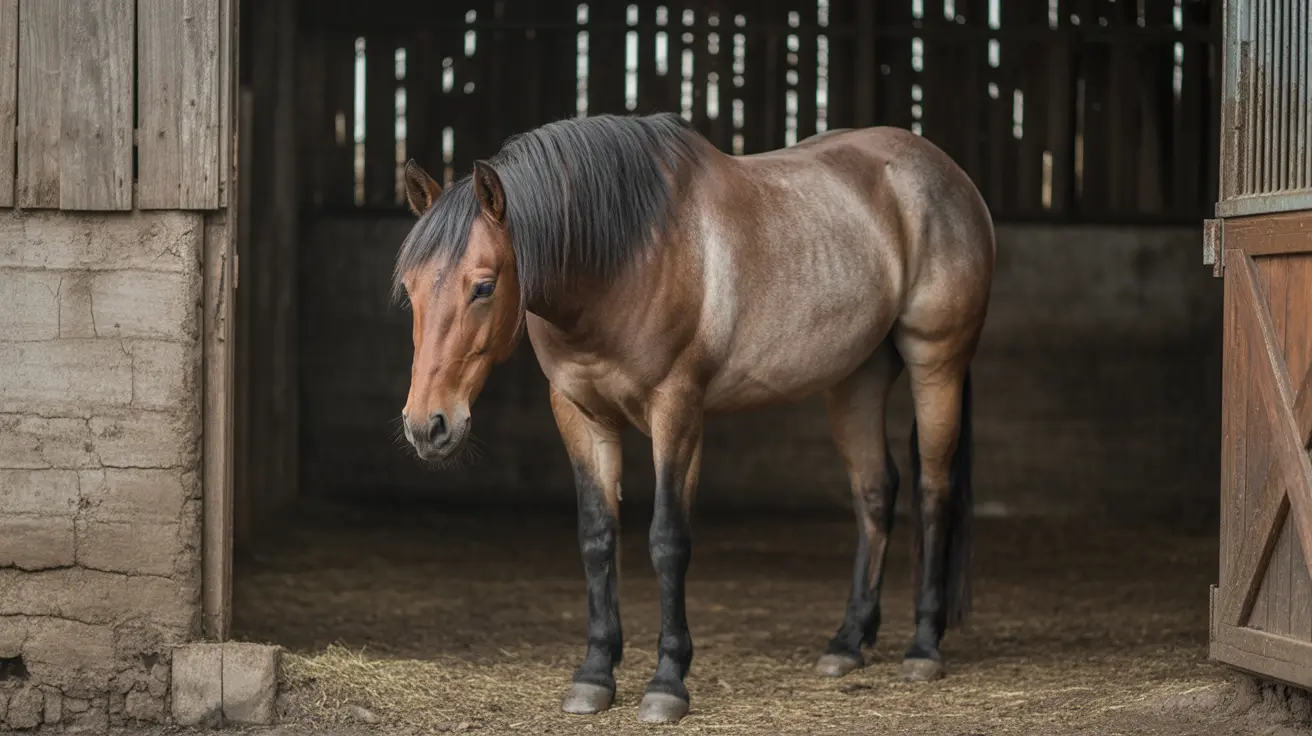Understanding the 3-3-3 Rule for Dogs: A Guide to Adoption Transitions
Adopting a dog is a deeply rewarding experience, but it also comes with its challenges. Ensuring a smooth adjustment for your new furry family member requires patience, consistency, and understanding. One helpful concept that many animal rescue organizations and dog trainers reference is the 3-3-3 rule. This rule breaks down the typical adjustment timeline an adopted dog follows as it acclimates to its new home.
What Is the 3-3-3 Rule?
The 3-3-3 rule outlines the three major phases of a newly adopted dog’s adjustment:
- Three Days – The initial decompression period
- Three Weeks – Starting to feel comfortable and settle in
- Three Months – Fully bonded and becoming part of the family
The First 3 Days: Decompression and Overwhelm
During the first three days in a new home, most dogs are overwhelmed and unsure of their surroundings. Whether they've come from a shelter, foster home, or another household, this is a time where:
- They may be scared, withdrawn, or shy
- They might not eat or drink normally
- Behavior such as hiding, pacing, or barking could occur
- Potty accidents may be frequent
At this stage, it’s important to offer calm, consistent, and quiet support. Avoid introducing them to too many people or new stimuli. Let your dog explore their space at their own pace.
The First 3 Weeks: Settling In
By the three-week mark, many dogs begin to recognize that this new environment is permanent. They start to feel more comfortable, routines become familiar, and personalities begin to emerge.
Here’s what typically happens during this phase:
- Your dog starts to test boundaries and explore the rules
- Training becomes easier as trust builds
- They become more interactive and curious
- Anxieties may surface as they relax and feel safe
This is the ideal time to reinforce structure by establishing feeding times, consistent potty breaks, crate training, and gentle obedience training.
The First 3 Months: Building Trust and Bonding
After three months, most adopted dogs begin to feel truly at home. They understand your expectations and rhythm of the household, and they build strong emotional ties with their new guardians.
At this point, you’ll notice:
- Improved behavior and responsiveness to training
- Greater bonding and affectionate behavior
- Increased confidence in unfamiliar settings
- Comfort playing, relaxing, and being around family
With positive reinforcement, engagement, and love, your dog will begin to thrive. This is also a good time to explore more advanced training and socialization activities like dog parks or obedience classes as your dog's confidence grows.
Why the 3-3-3 Rule Matters
Understanding the 3-3-3 rule helps humans set realistic expectations and gives dogs the grace period they need to adapt. Rushing the relationship or exposing them to too many new things too quickly can cause undue stress and behavioral setbacks.
Remember:
- Each dog is unique—some take more or less time to adjust
- Consistency is more important than speed
- Celebrate progress, no matter how small
Tips for Supporting a Newly Adopted Dog
- Give them a safe, quiet space for rest
- Stick to a routine to build predictability
- Use gentle, positive reinforcement methods
- Limit visitors and new environments early on
- Be patient and compassionate—adjustment takes time
Conclusion
The 3-3-3 rule for dogs is a simple yet powerful way to understand how an adopted pet adjusts to a new home. By recognizing and respecting each phase—three days to decompress, three weeks to settle, and three months to feel secure—you set the stage for a successful lifelong bond. As a responsible pet owner, your patience and consistency can make all the difference in your dog’s journey to becoming a beloved member of the family.





